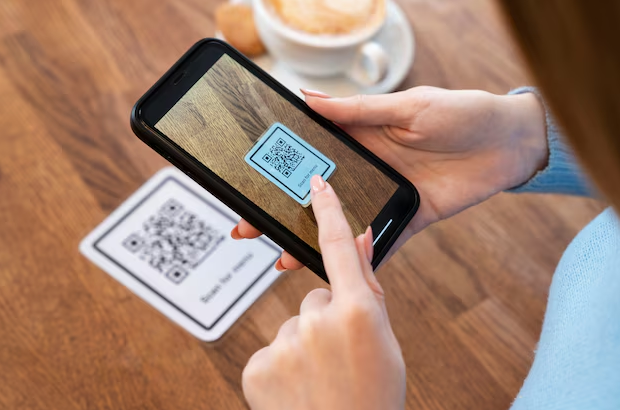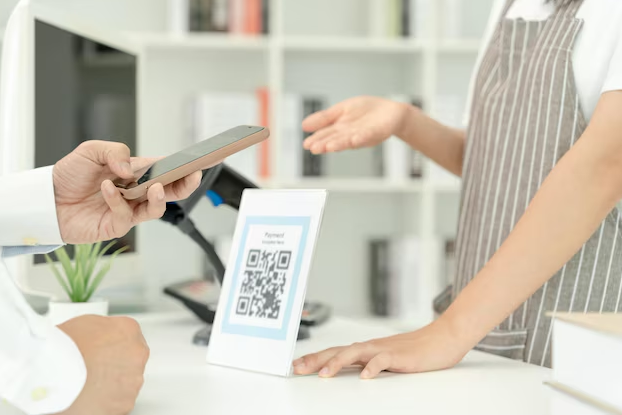QR (Quick Response) code payment works by scanning a two-dimensional code that can include a variety of data, including payment information. Here's a step-by-step breakdown of how QR code payments usually work.
The merchant creates a unique QR code, which might be static (fixed) or dynamic (changing with each transaction).
The QR code provides information about the merchant's payment method, the amount to be paid, and other transaction-specific data.
The user opens their payment app (such as a banking app, mobile wallet, or fintech app) on their smartphone.
The app often has a built-in QR code scanner.
The consumer scans the merchant's QR code using the app.
The scanner reads the QR code and extracts the payment information that is stored inside it.
The payment app provides payment data, such as the merchant's name and transaction amount.
The consumer checks the information to ensure it is correct.
The client approves the payment by entering a PIN, utilizing biometric identification (such as fingerprint or face recognition), or verifying inside the app.
The payment app completes the transaction by transferring the payment details to the consumer's bank or payment service provider.
The bank or payment service provider handles the payment request.
The funds are moved from the consumer's account to the merchant's account.
Both the customer and the merchant receive confirmation that the transaction was completed successfully.
The merchant's system refreshes to reflect the successful transaction.

